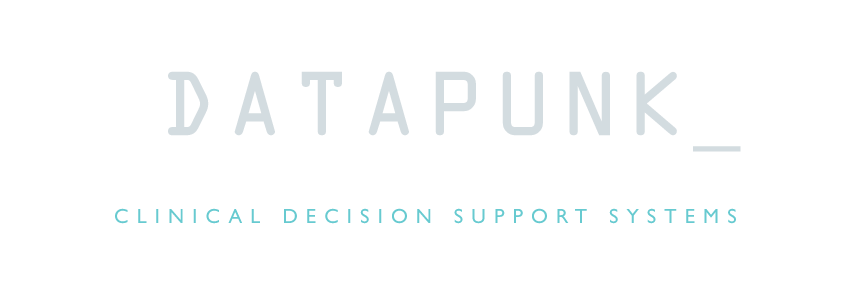23andMe currently reports over 600,000 SNPs in the genome explorer, which are analyzed by their custom 2014 v4 chip. The process used is genotyping, rather than sequencing. The former is cheaper and quicker, and targets specific parts of the genome that are known to have variants in some or many people; the latter is used to find out the code of nucleotide base pairs in a sequence (or continuous stretch) of DNA, the exome (the coding part of DNA), or all the DNA in the whole genome.
Genotyping does not report on all possible insertions or deletions. In general, it only reports small changes, spanning only one or a few bases. Sequencing will check whether all the DNA code in a region is found in the usual configuration or whether there are any unknown insertions or deletions.
23andMe doesn’t test for all the SNPs they report on, but might impute variants present on larger chips or in sequencing analysis, using a statistical method that allows researchers to fill in missing data. This may be the reason 23andMe say “This data has undergone a general quality review, however only a subset of markers have been individually validated for accuracy.” [1]
An example of this might be RhD blood group status: If you have a double deletion (DD) at “i4001527” you are RhD negative, if you don’t have the double deletion (DI or II) you are Rh positive. This number is available from a search in the 23andMe explorer, but is not found in the raw data can be downloaded in an ASCII text file and used for uploading to Opus23 Pro.
Most of the numbers representing SNPs in the 23andMe raw data begin with ‘rs’, which are reference SNP identifiers, or reference SNP cluster IDs. [2] These rsIDs are assigned and managed by dbSNP, the official database for short genetic variations. However some numbers in the 23andMe raw data begin with ‘i’, which is an internal number assigned by 23andMe for testing locations on the genome for various reasons. This includes SNPs where the probes used differ from the reference sequence.[3] Some ‘i’ numbers are SNPs that don’t have rsIDs: 23andMe maps the i-number to the chromosome position, and internally they map this number to anything else they need to know about the SNPs to put it on a chip (many of these SNPs come from the custom portion of the genotyping array). Other ‘i’ numbers relate to SNPs that could highlight a genetic mutation in a user which is related to significant health risks or genetic conditions. The FDA don’t want users to be able to find out that they have these problems without genetic counselling, except for under specific circumstances where the user has made a declaration that they understand the consequences of accessing this data and what it might mean. The FDA are currently seeking medical opinion on situations where genetic test results might be available directly to the user. Comments can be submitted online to the FDA by March 31st 2016. All submissions must include reference to: “Docket No. FDA-2015-N-4809 for `Patient and Medical Professional Perspectives on the Return of Genetic Test Results; Public Workshop; Request for Comments.’”
How does Opus23 Pro deal with ‘i’ numbers?
Opus23 Pro curators use the genomic location linked with the coded ‘i’ numbers to find the rsID (if one exists), and if relevant, the ‘i’ numbers are added to the Opus23 Pro SNP database, and a lookup is performed by the software when analysing a client’s raw data. The ‘i’ numbers are linked with the rsID in the software, and this gives the practitioner a reference for further research in published medical literature. Any significant genetic risk factors can be added to the client report and explained to the patient, along with genetic counselling as necessary.
References:
- Web page: “How 23andMe Reports Genotypes” https://customercare.23andme.com/hc/en-us/articles/212883677-How-23andMe-Reports-Genotypes. Accessed 3/5/16
-
The NCBI Handbook [Internet]. 2nd edition. Bethesda (MD): National Center for Biotechnology Information (US); 2013-. Accessed 3/5/16
- 23andMe forum “23andMe upgrading to NCBI Build 37 coordinates on Aug. 1” https://www.23andme.com/you/community/thread/14308/6/ Accessed 3/5/16
